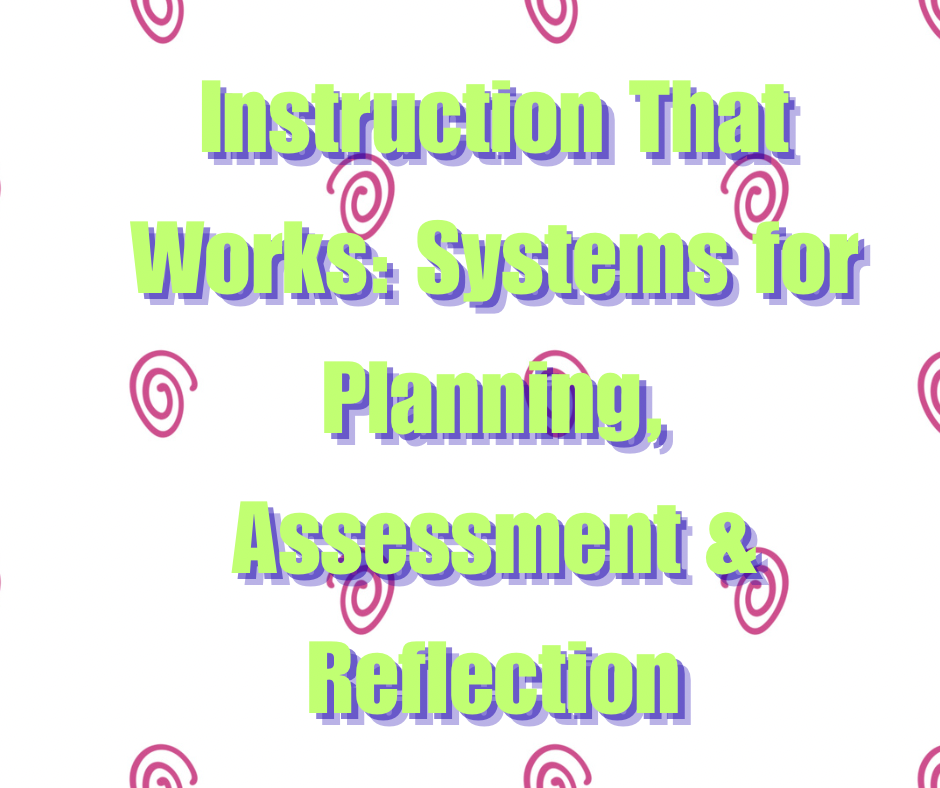
Checking for Understanding: Building Capacity in the Classroom
Checking for understanding isn’t just about quizzes. It’s about building student capacity. Quick checks, exit tickets, and bell work don’t just give teachers data, they help students reflect, self-monitor, and take ownership of their learning.

Stronger Together: Building Communication & Family Engagement Systems That Work

Instruction That Works: Systems for Planning, Assessment & Student Reflection

Structure Over Stress: Building a Student Behavior Management System That Works

No More Supply Struggles: Building a Classroom Materials Management System That Works
Let’s be real, nothing interrupts the flow of a lesson like,
“I don’t have a pencil!”
“Where’s the glue?”
“I lost my notebook!”
You’re not a supply closet. You’re a teacher. And to teach well, you need systems, not chaos.
Here’s how to build a materials management system that’s efficient, clear, and age-appropriate.

Never Hear “I Forgot My Homework” Again: Building an Assignment Tracking System That Works
Managing assignments isn’t just about turning things in on time, it’s about teaching students how to manage responsibility, time, and their own learning process. But the way you structure assignment tracking depends heavily on your grade level.

Morning Work, Warm-Ups, & Bellringers: Building a Strong Start for Every Grade Level
We all know that the first few minutes of class are golden. They can either invite focus or invite chaos. That's where a solid morning routine system comes in.
Let’s break it down by grade level and talk about how to implement an effective routine that builds structure, reinforces learning, and sets the tone for success.
